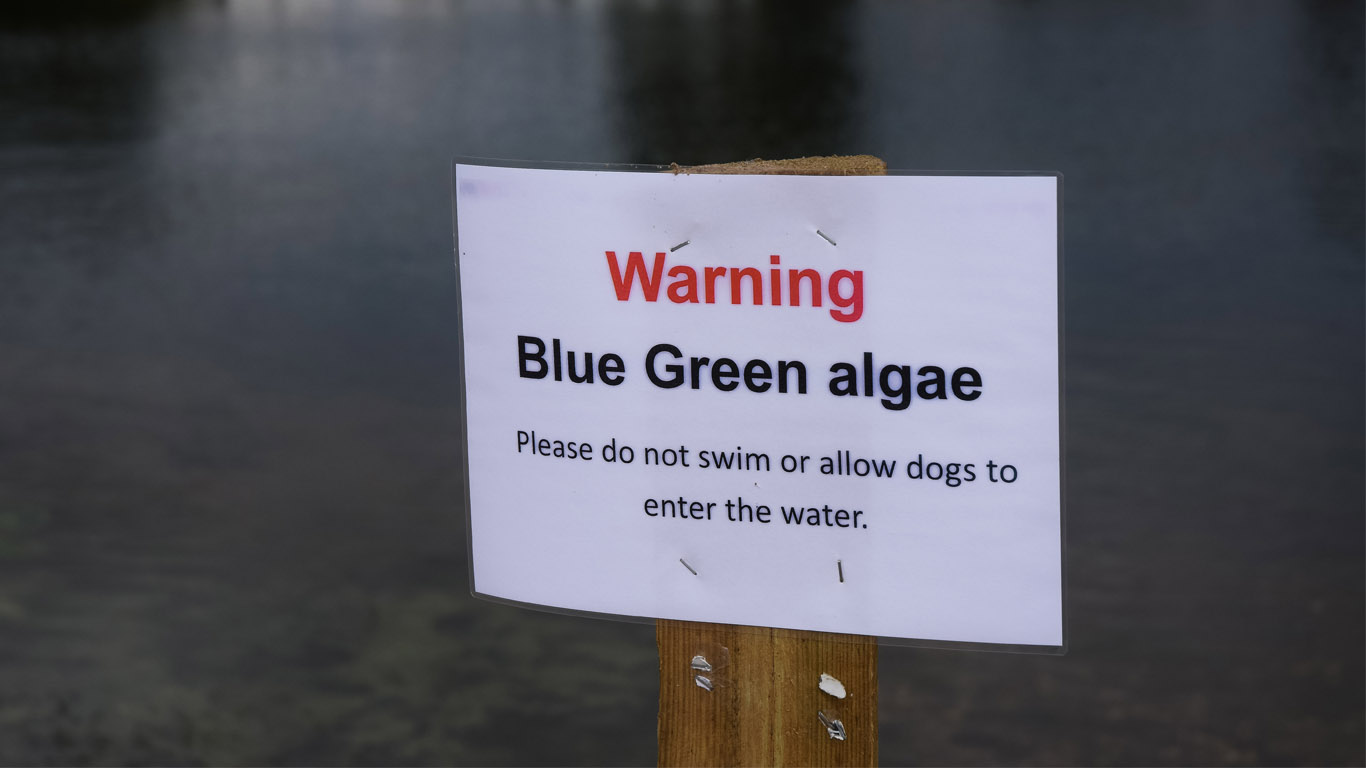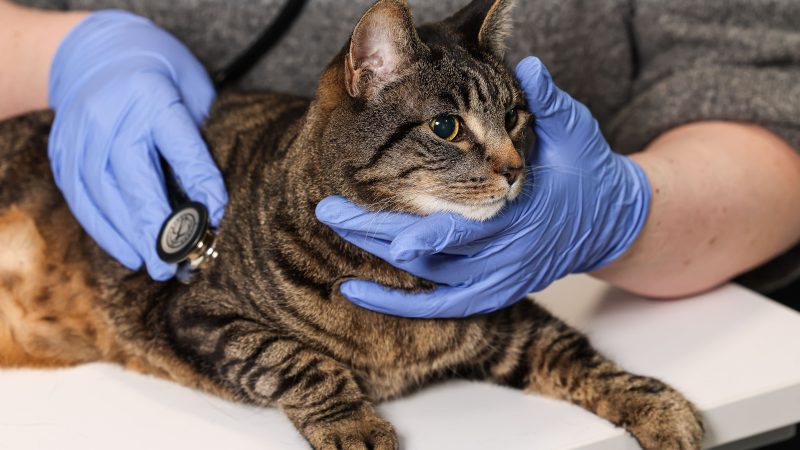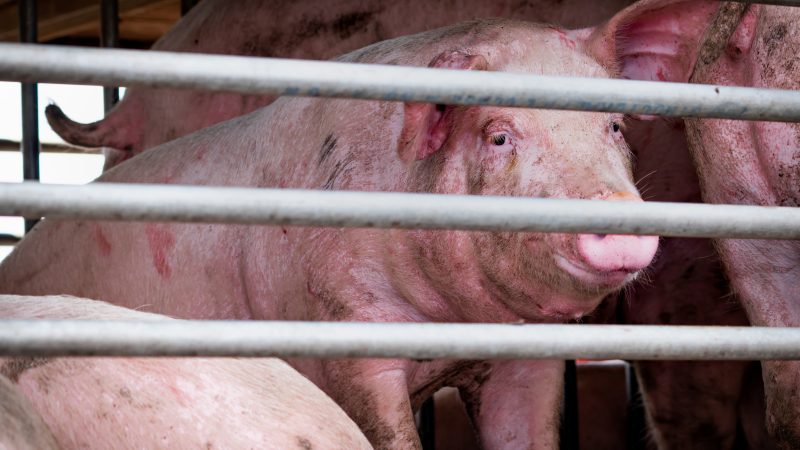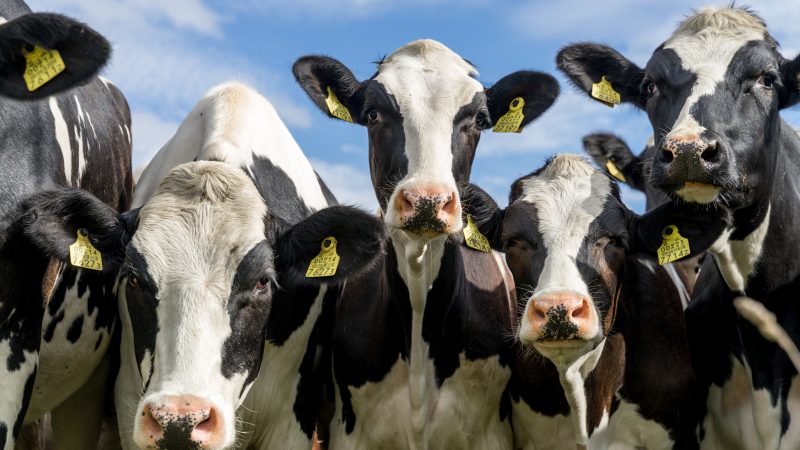Warm weather drives blue green algae threat

The British Veterinary Association (BVA) has issued a warning to pet owners after a spike in reports of toxic blue green algae this summer.
Blue green algae or cyanobacteria are a group of bacteria that can contain dangerous toxins which can be harmful and even fatal to pets, livestock and birds if ingested even in small quantities.
The warning has come after at least one case of a dog death linked to blue green algae exposure was reported in a British Bulldog in the Lake District.
Blue green algae blooms may appear as green or greenish-brown scum on the surface of water. Dogs can swallow it by drinking water from an affected lake, river or pond or while licking their fur after going for a swim.
Symptoms of exposure can appear within a few minutes or hours, depending on the type of toxin ingested, and commonly include vomiting, diarrhoea, drooling, disorientation, trouble breathing, seizures and blood in faeces. If left untreated, it can cause liver damage and be rapidly fatal.
British Veterinary Association President, Daniella Dos Santos says that the recent warm weather has led to an increase in reports of blue green algae around the UK
‘We know that some dogs enjoy nothing better than a paddle in a cool lake while on a walk, but we’d urge pet owners to keep their dog on a lead during walks near water confirmed to have toxic algal blooms,’ she added. ‘While not all blue green algae are poisonous, it is impossible to tell the difference visually, so it is better to be safe than sorry.’
Currently, there is no antidote for the toxins in the algae and prompt veterinary attention is the best advice for anyone whose pet is affected.






